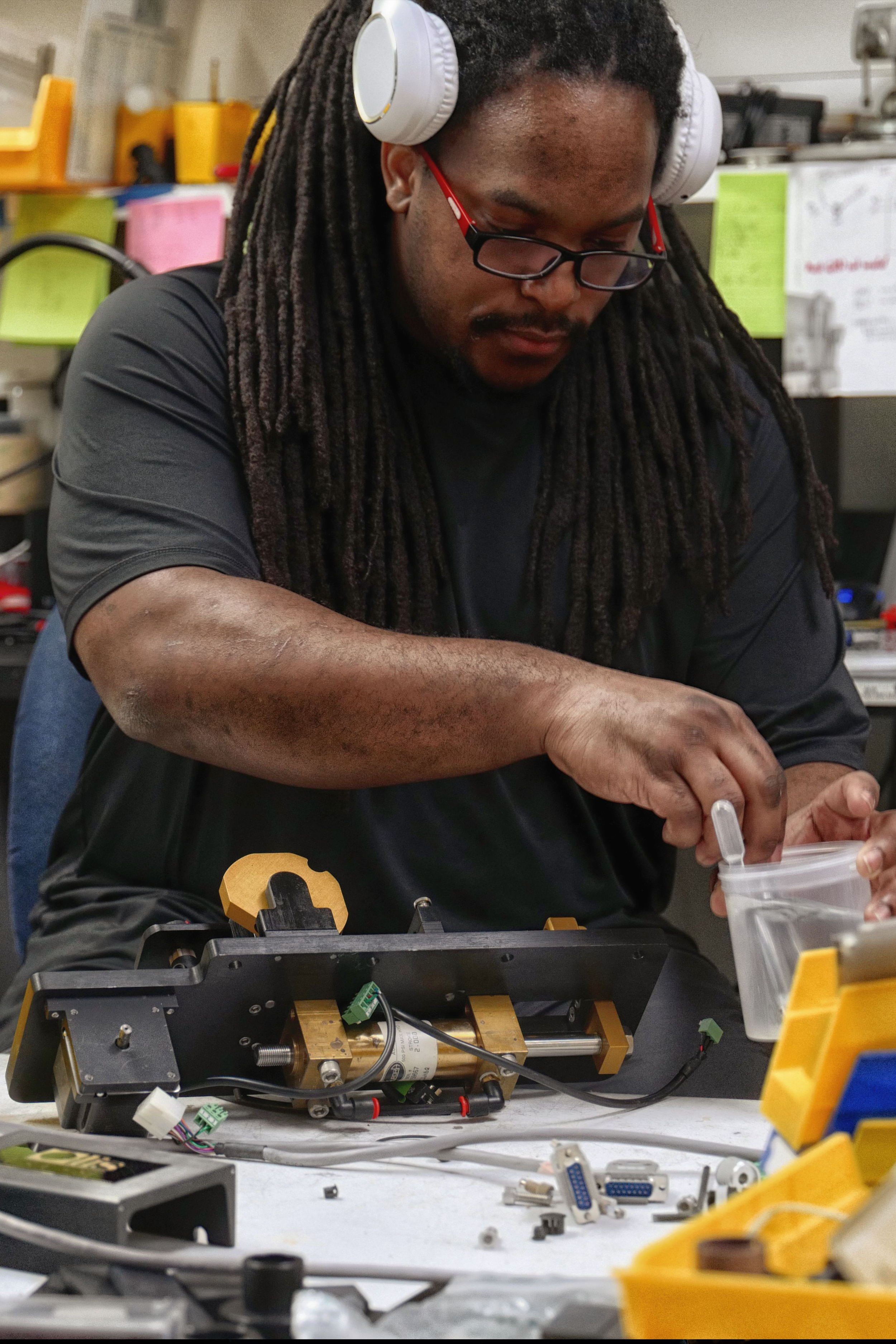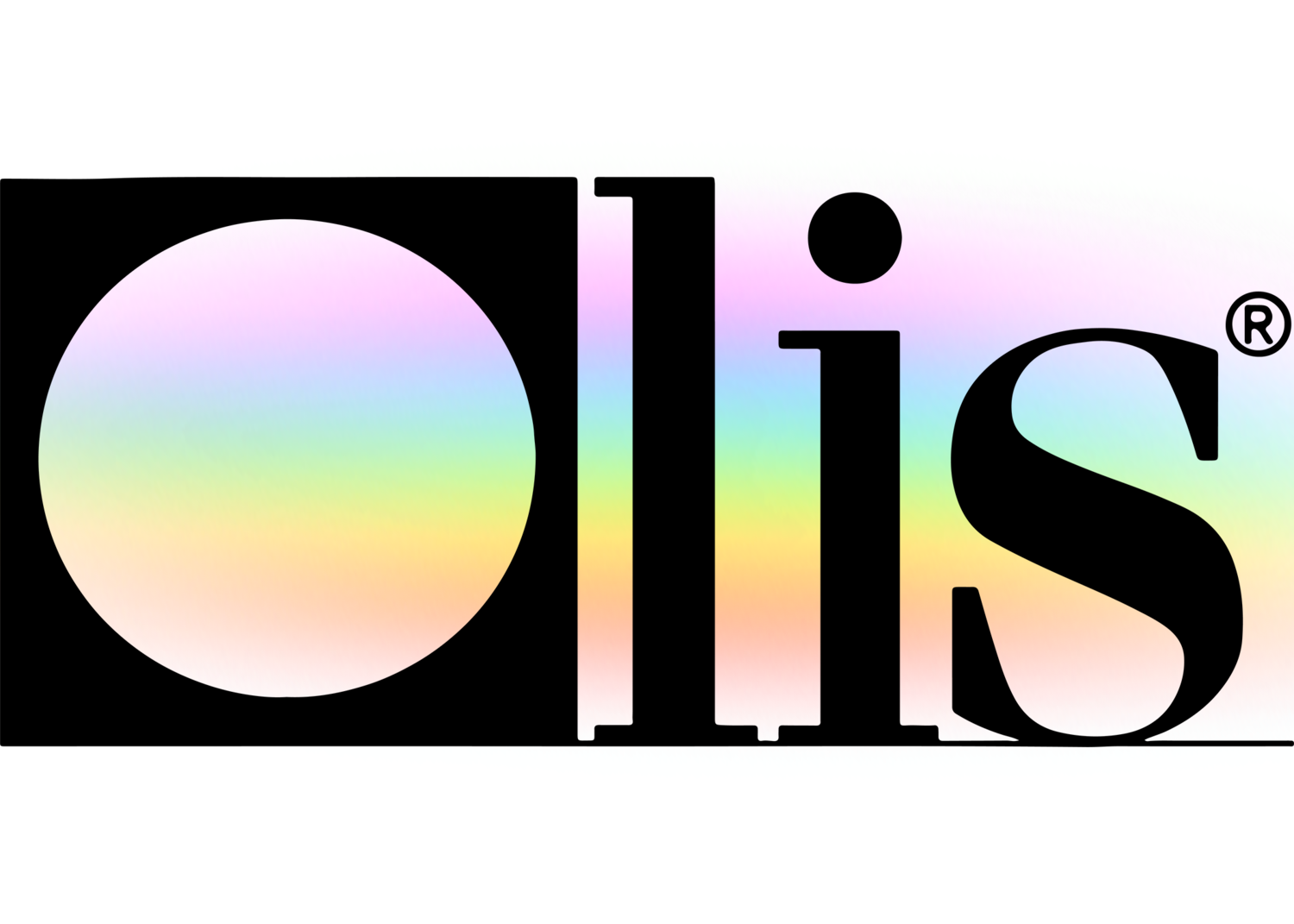Spectrophotometers for Dummies
Spectrophotometers for Dummies
Blog Article
Circular Dichroism - An Overview
Table of Contents4 Easy Facts About Spectrophotometers ExplainedMore About Uv/visThe Uv/vis/nir DiariesLittle Known Questions About Circularly Polarized Luminescence.Unknown Facts About Circular Dichroism

Spectrophotometry is most typically applied to ultraviolet, visible, and infrared radiation, contemporary spectrophotometers can interrogate large swaths of the electro-magnetic spectrum, including x-ray, ultraviolet, visible, infrared, and/or microwave wavelengths. Spectrophotometry is a tool that hinges on the quantitative analysis of particles depending on how much light is absorbed by colored substances.
Uv/vis Fundamentals Explained
A spectrophotometer is commonly utilized for the measurement of transmittance or reflectance of solutions, transparent or opaque solids, such as polished glass, or gases. Although lots of biochemicals are colored, as in, they absorb visible light and for that reason can be determined by colorimetric procedures, even colorless biochemicals can often be converted to colored substances ideal for chromogenic color-forming responses to yield substances ideal for colorimetric analysis.: 65 Nevertheless, they can also be designed to measure the diffusivity on any of the listed light varieties that usually cover around 2002500 nm utilizing different controls and calibrations.
An example of an experiment in which spectrophotometry is utilized is the determination of the equilibrium constant of an option. A particular chemical reaction within a solution might take place in a forward and reverse instructions, where reactants form products and items break down into reactants. At some time, this chain reaction will reach a point of balance called a stability point.
Facts About Uv/vis Revealed
The quantity of light that travels through the solution is indicative of the concentration of specific chemicals that do not enable light to pass through. The absorption of light is due to the interaction of light with the electronic and vibrational modes of particles. Each type of particle has a private set of energy levels associated with the makeup of its chemical bonds and nuclei and hence will soak up light of specific wavelengths, or energies, leading to distinct spectral homes.
They are commonly utilized in lots of markets including semiconductors, laser and optical manufacturing, printing and forensic examination, as well as in laboratories for the research study of chemical substances. Spectrophotometry is typically used in measurements of enzyme activities, determinations of protein concentrations, determinations of enzymatic kinetic constants, and measurements of ligand binding reactions.: 65 Eventually, a spectrophotometer is able to determine, depending on the control or calibration, what substances are present in a target and exactly how much through calculations of observed wavelengths.
Created by Arnold O. Beckman in 1940 [], the spectrophotometer was developed with the aid of his associates at his business National Technical Laboratories established in 1935 which would end up being Beckman Instrument Business and eventually Beckman Coulter. This would come as a service to the formerly developed spectrophotometers which were unable to absorb the ultraviolet properly.
The Best Guide To Uv/vis
It would be discovered that this did not offer satisfactory results, for that reason in Design B, there was a shift from a glass to a quartz prism which permitted for better absorbance outcomes - circularly polarized luminescence (https://www.magcloud.com/user/olisclarity1). From there, Design C was born with a modification to the wavelength resolution which ended up having 3 units of it produced
It was produced from 1941 to 1976 where the price for it in 1941 was US$723 (far-UV accessories were a choice at additional cost). In the words of Nobel chemistry laureate Bruce Merrifield, it was "most likely the most essential instrument ever developed towards the advancement of bioscience." Once it ended up being stopped in 1976, Hewlett-Packard produced the very first commercially offered diode-array spectrophotometer in 1979 called the HP 8450A. It irradiates the sample with polychromatic light which the sample soaks up depending on its properties. Then it is sent back by grating the photodiode selection which finds the wavelength area of the spectrum. Ever since, the creation and application of spectrophotometry gadgets has increased exceptionally and has turned into one of the most innovative instruments of our time.

The Basic Principles Of Uv/vis/nir
The grating can either be movable or repaired.
In such systems, the grating is fixed and the strength of each wavelength of light is measured by a different detector in the array. In addition, most modern mid-infrared spectrophotometers utilize a Fourier change method to get the spectral info - https://www.magcloud.com/user/olisclarity1. This strategy is called Fourier change infrared spectroscopy. When making transmission measurements, the anchor spectrophotometer quantitatively compares the portion of light that passes through a reference solution and a test solution, then electronically compares the intensities of the two signals and calculates the percentage of transmission of the sample compared to the recommendation requirement.

Report this page